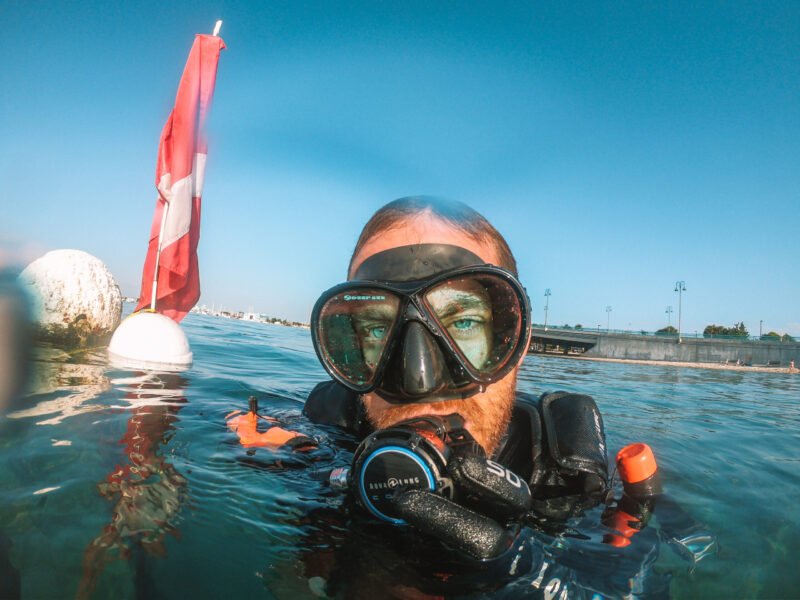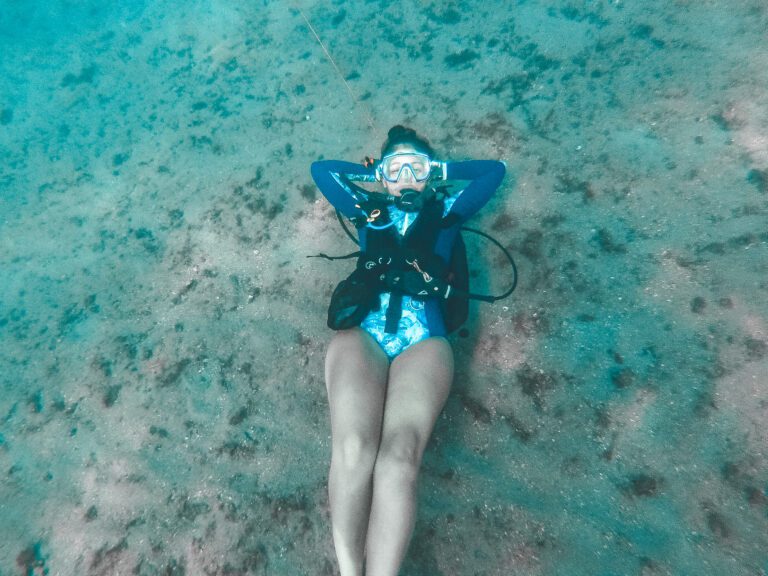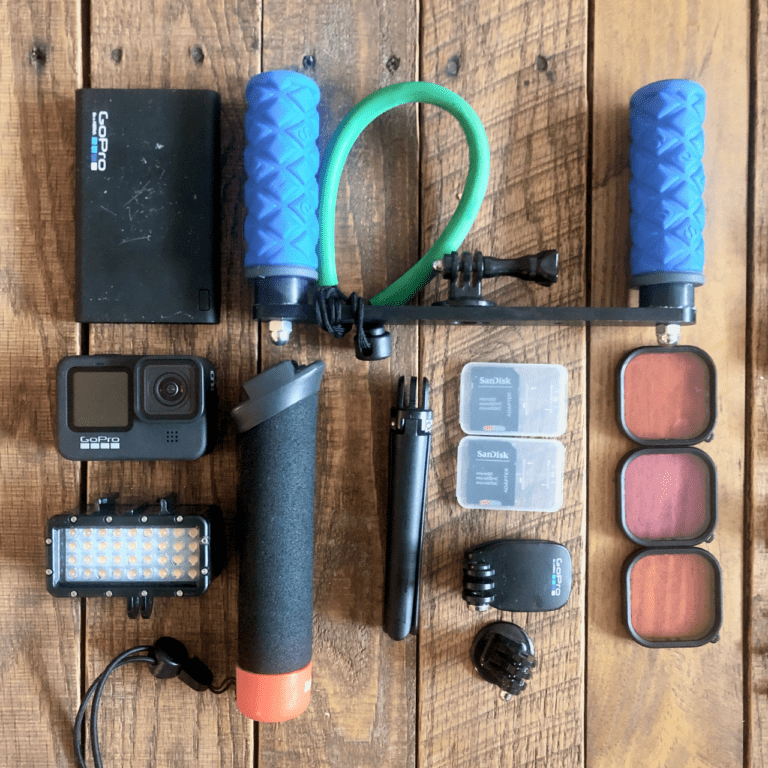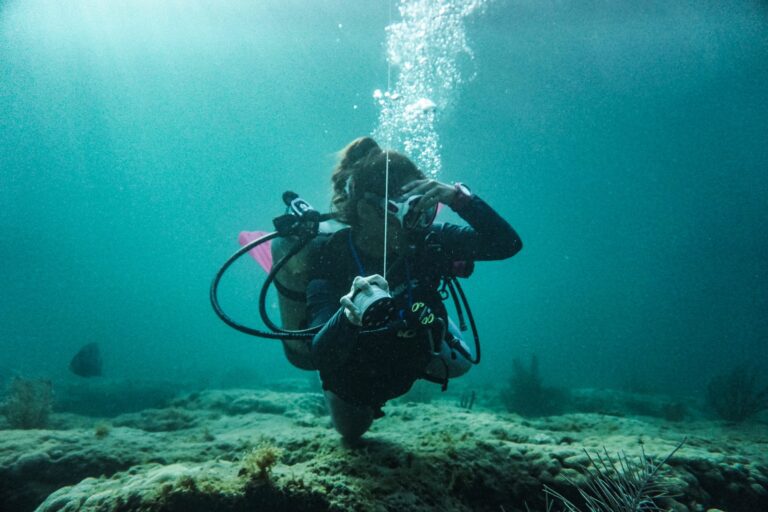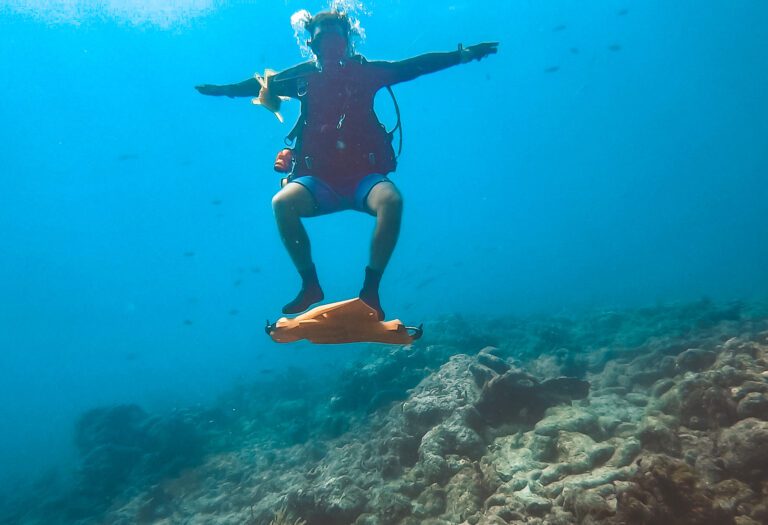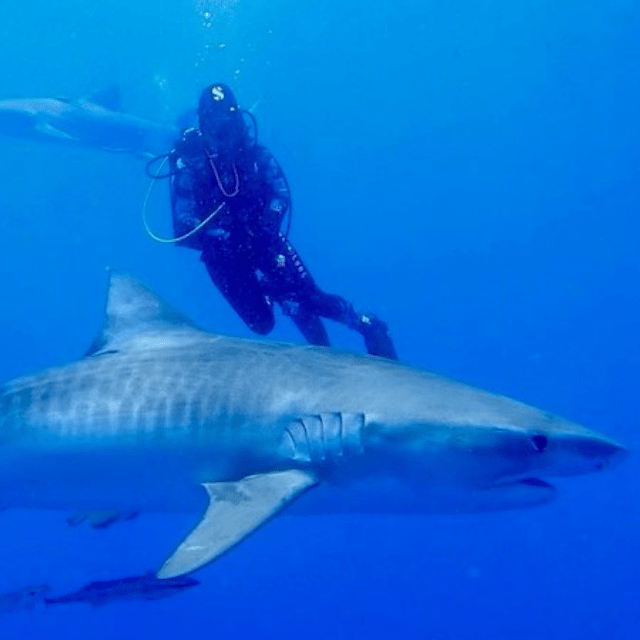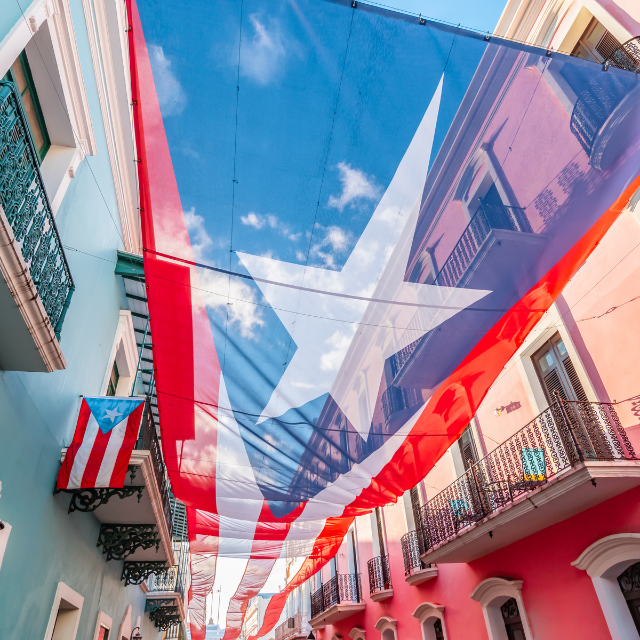BWRAF: What it Means and How to Use it
BWRAF is PADI’s acronym for the pre-dive safety check for scuba divers. This is what it means and how to use it.
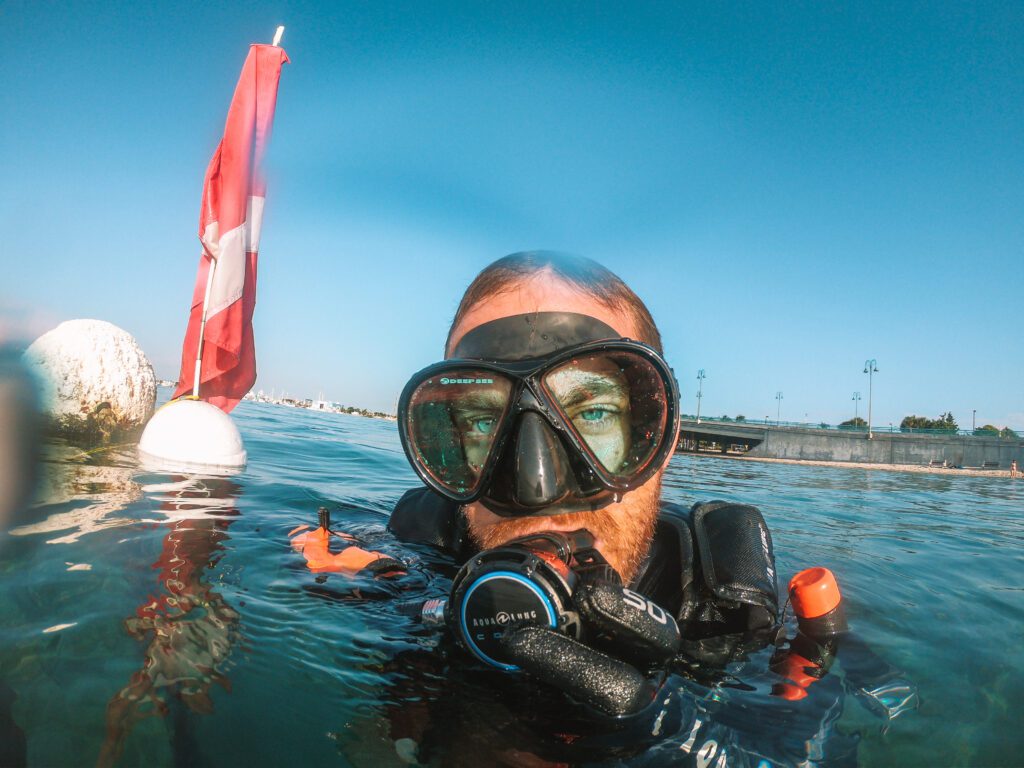
What does BWRAF Stand For?
BWRAF is PADI’s method of a pre-dive safety check. It’s used to ensure you and your buddy are ready to go for a safe and exciting underwater exploration!
Buddies look each other up and down, check all their hoses, air, do-hickeys, and thingy-mcbobbers. No stone is left unturned if you BWRAF properly. Each letter stands for a step in a process to ensure your utmost safety:
- BCDs
- Weights
- Releases
- Air
- Final Check (Fins to Face)
Why is BWRAF Important?
By conducting the pre-dive safety check you’ll mitigate the risk of anything adverse occurring during your dive. You’d be surprised – some of the worst scuba diving accidents could have easily been avoided had a pre-dive safety check been done.
What’s a good way to remember BWRAF?
We get it. BWRAF stands for something but the acronym itself is hard to remember. It’s just so dang random.
A good way to remember is to use a mnemonic. We like “Breathing Water Really Ain’t Fun”. However, a million different ways exist to remember BWRAF.
How do you use BWRAF?
Okay. We know what it stands for; what it’s used for; and how to remember it. Now how do you actually apply BWRAF while scuba diving?
Just follow the 5-step guide below:
1. BCDs
Breathing
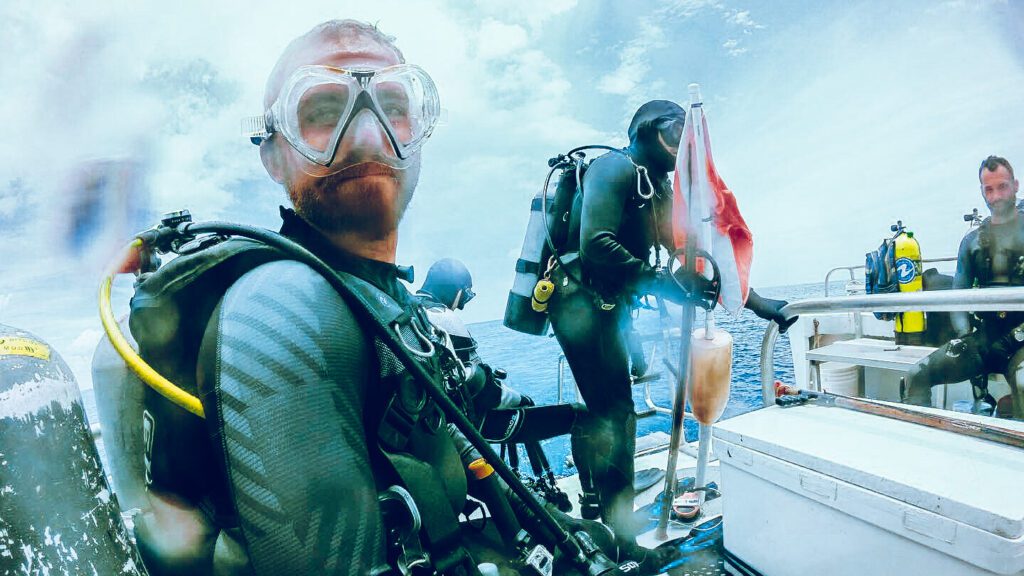
After suiting up, check with your buddy that your BCD is in order.
Is the power inflator hose hooked up? Does it inflate? Does it deflate?
This is your time to ensure all the hoses, bells and whistles are properly attached.
2. Weights
Water
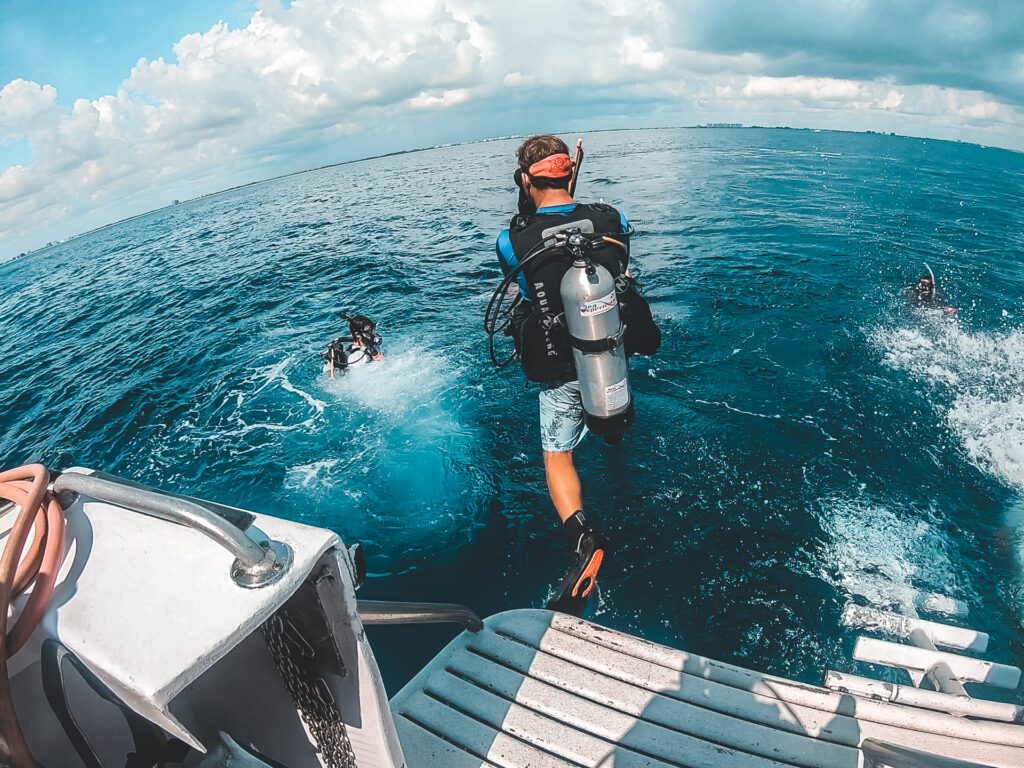
A common mistake people make is completely forgetting to insert their weights into their BCD. I’ve certainly done this.
Double check that you have weights, they’re secure, and properly calculated.
It’s always a humbling moment when the dive boat needs to circle back to drop off more weight because you didn’t properly BWRAF.
3. Releases
Really
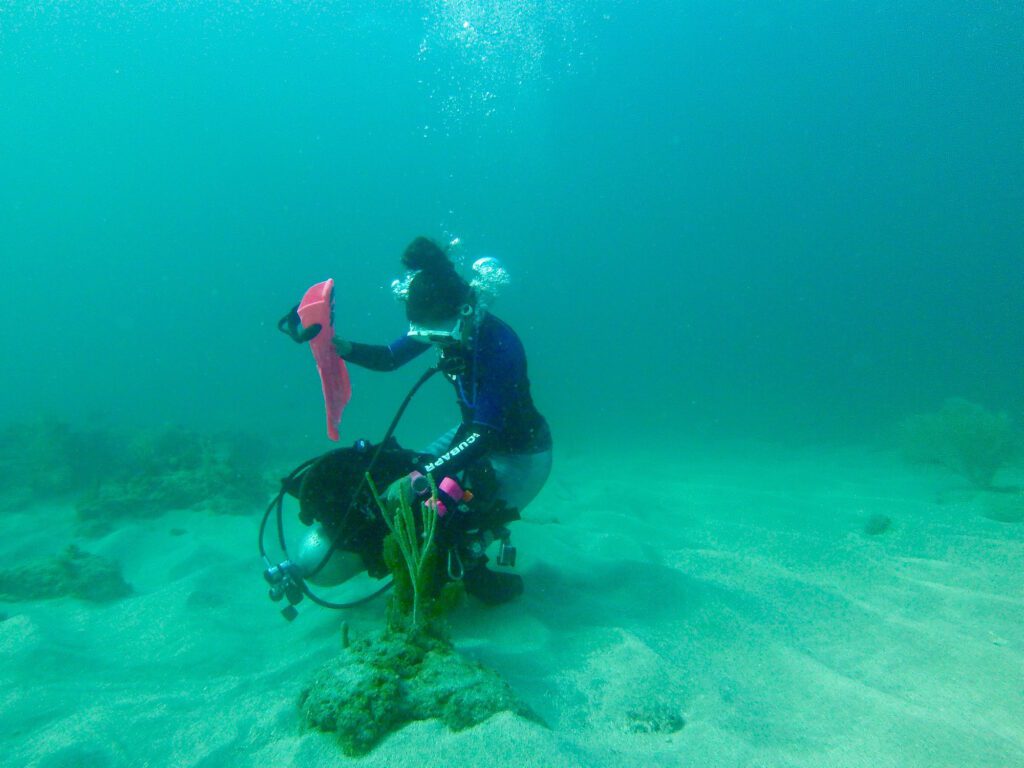
That BCD of yours sure does have a lot of releases on it. A big thing in scuba diving is quick release in the case of an emergency.
Look over your buddy. Have them look over you. Are all your releases quick to unclip and drop if need be? Or will you be fighting tooth and a nail?
Consider: shoulder straps, chest strap, waist strap, weight releases, and secondary air source.
4. Air
Ain’t
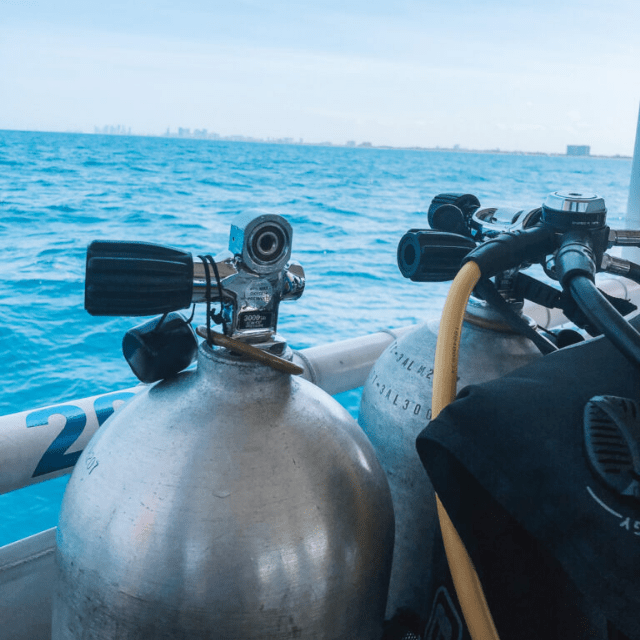
Working on a dive boat, you’d be amazed how many people are about to giant stride into the water without actually having their air on.
Before you go, make sure you and your buddy have your air turned on. All the way on.
Check your pressure gauge, is your tank full?
Additionally, give a few puffs into that regulator of yours. Does it taste like dry compressed air? Now do the same for your alternate air source.
5. Final Check (Fins to Face)
Fun
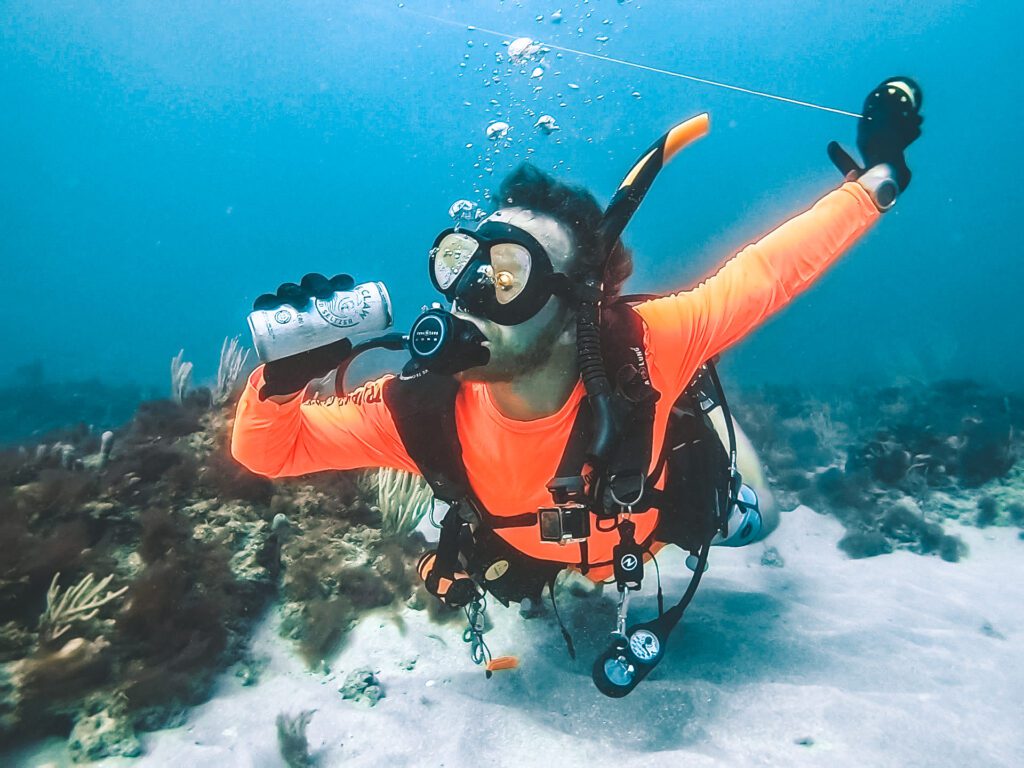
This is the final stare down. Scan your buddy head to toe, fins to face. Anything abnormal? Are all hoses, clips, loose gear attached and in a streamlined position?
The final check is your time to speak up and point out anything that might look abnormal. If you see something off, speak now or forever hold your peace!
With enough practice, you and your buddy will perfect your BWRAF, pre-dive safety check. However, don’t get complacent. It’s important you do the BWRAF before every dive.
I’ve seen dive professionals jump in the water without their mask, their air turned off, or air source not working properly. It happens to everyone and no one is exempt!
Some of the biggest mistakes made while scuba diving could have been prevented had an adequate BWRAF taken place before you went diving!
Happy and safe diving!!
Enjoy this Post? Pin it!
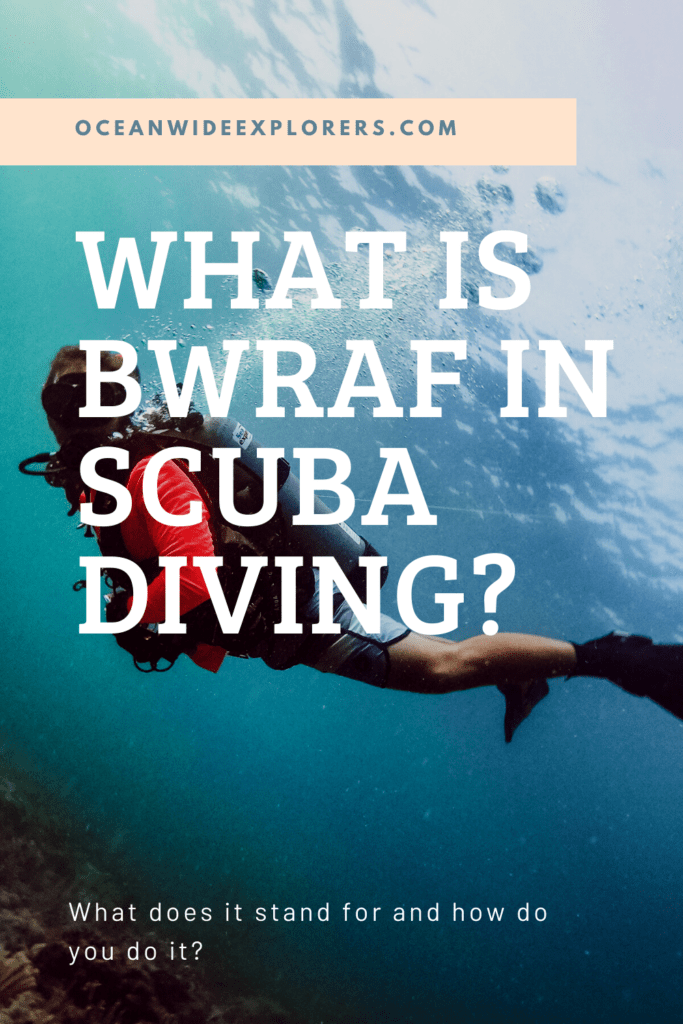
Read More Scuba Diving Tips
We hope you enjoyed our post on how to do a BWRAF check in scuba diving. Hopefully you’ll find it useful on your next adventure! Here are a few more ocean-loving articles we think you should read next:
- How to Visit Lime Out VI in 2024 (Tips for Visiting the Floating Taco Stand on St. John)
- 11 Important Safety Tips in Freediving
- 13 Unforgettable Adventures to Experience in Puerto Rico
- Exploring an Underwater Cliff: Scuba Diving the Wall in La Parguera, Puerto Rico
How do you conduct a BWRAF pre-dive safety check? Leave a comment below!

